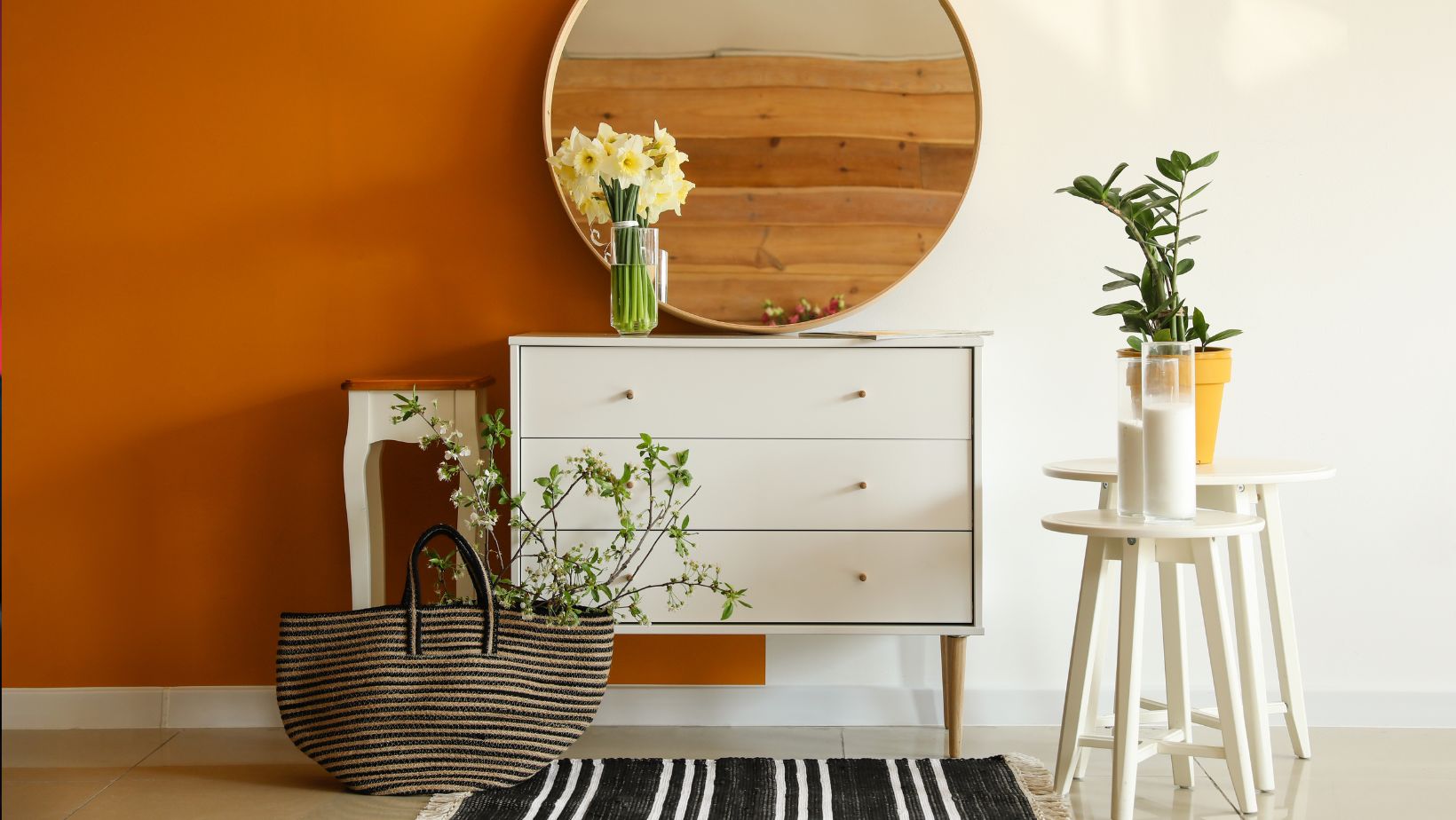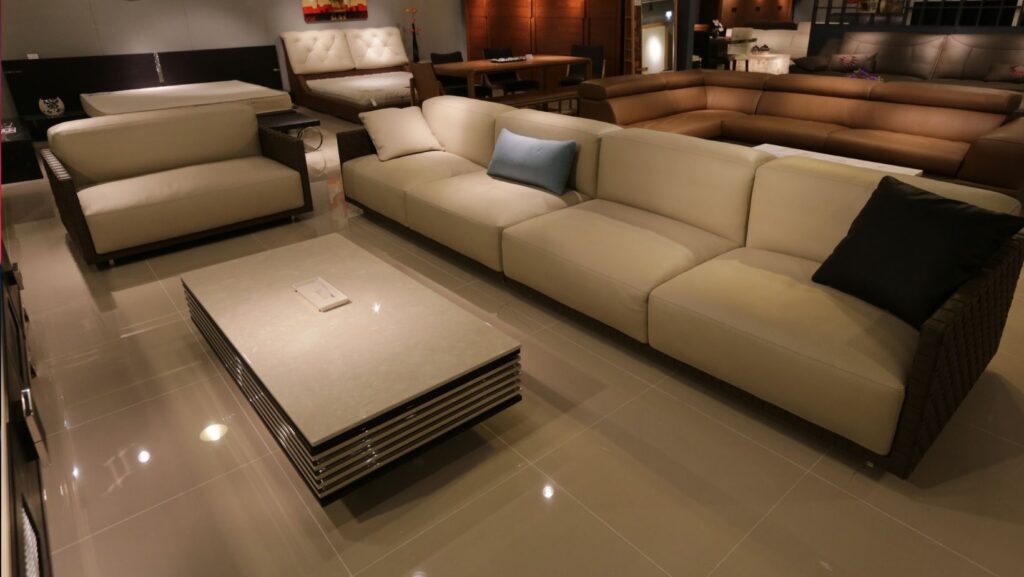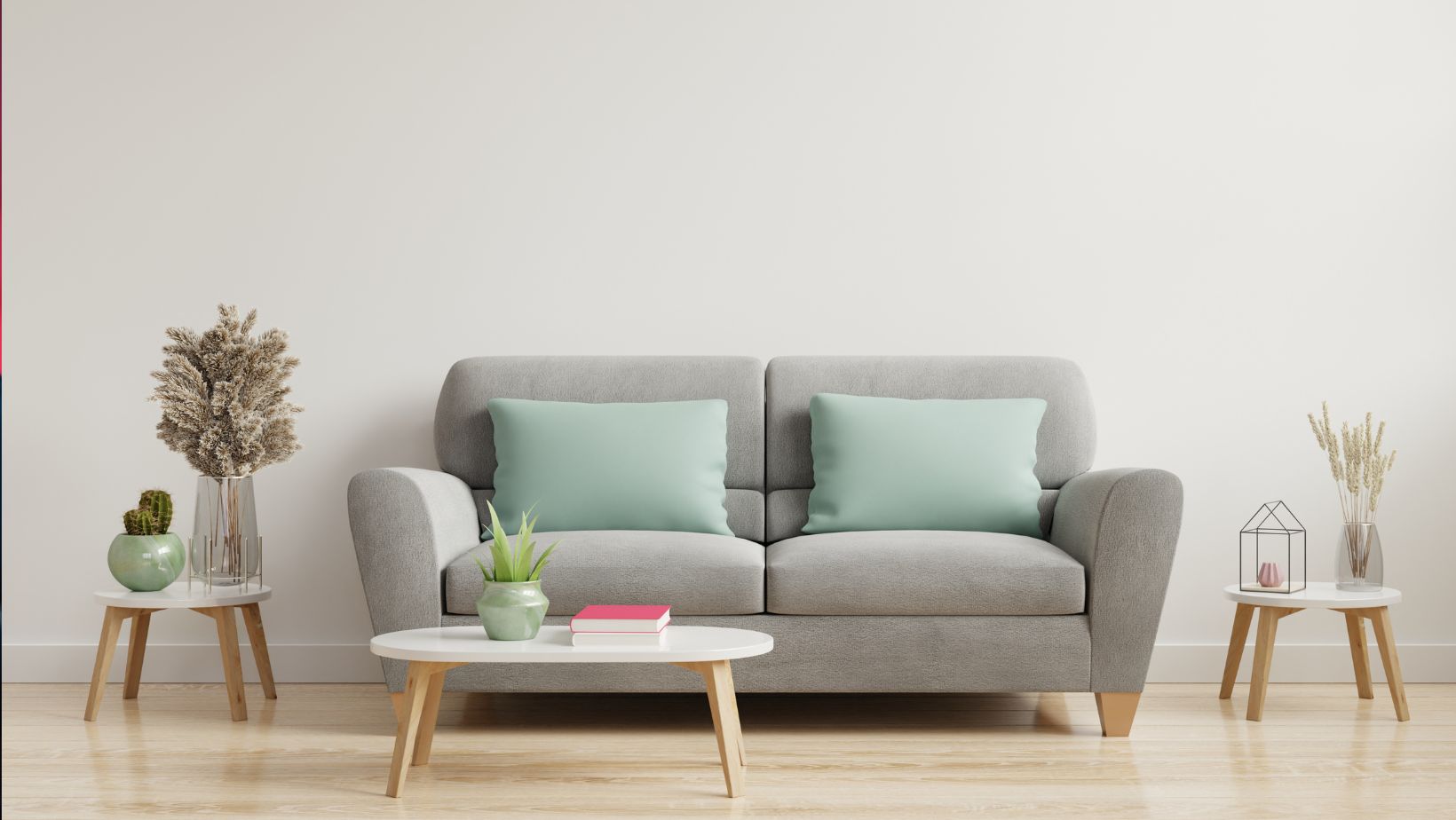The Impact of Dirt and Dust on Furniture and Carpets
How Dirt Damages Carpets
Dirt particles are abrasive and can act like sandpaper on carpet fibers. Every step taken on a dirty carpet grinds these particles deeper into the fabric, weakening the fibers over time. This results in a dull appearance, thinning, and even bald spots in high-traffic areas.
How Dirt Affects Furniture
Furniture, especially upholstered pieces, is also prone to damage from dirt and dust. These particles settle into the fabric, causing discoloration and weakening the material’s fibers. Wooden furniture is equally at risk; dust can create fine scratches on the surface, dulling its finish and diminishing its shine.
Hidden Damage
Dust and dirt are not just surface-level issues. Over time, they can penetrate deeply into cushions, foam, and carpet padding, making it harder to remove and increasing the risk of odors, allergens, and bacteria.
Benefits of Regular Carpet Cleaning
- Preserving Appearance
Routine cleaning prevents dirt from embedding into carpet fibers, keeping them looking vibrant and fresh. Regular vacuuming removes surface dirt, while periodic professional cleaning eliminates deeper grime and stains.
- Preventing Fiber Breakdown
Cleaning carpets removes abrasive particles that cause fibers to fray and break. This ensures the carpet remains plush and retains its original texture for years.
- Improved Air Quality
Carpets act as air filters, trapping dust, pollen, and other allergens. Without regular cleaning, these particles can re-enter the air, reducing indoor air quality. Cleaning helps maintain a healthier living or working environment.
- Stain Prevention
Spills that are not promptly addressed can become permanent stains. Regular cleaning removes these stains before they are set, preserving the carpet’s appearance.
Benefits of Regular Furniture Cleaning
- Protecting Upholstery
Upholstered furniture collects dust, oils, and spills, which can lead to discoloration and material breakdown. Regular vacuuming and professional cleaning keep these elements at bay, preserving the fabric’s color and texture.
- Extending Cushion Life
Dirt trapped in cushions and foam can cause premature wear. Cleaning prevents debris from settling deeply, maintaining the firmness and comfort of furniture cushions.
- Preserving Leather Furniture
Leather furniture requires specific care to prevent cracking and discoloration. Regular cleaning and conditioning keep the leather supple and maintain its natural sheen.
- Protecting Wooden Furniture
Dust and grime can dull the finish of wooden furniture, making it look aged and worn. Cleaning and polishing prevent this, ensuring the furniture retains its elegance.
How Regular Cleaning Saves Money
Reduced Replacement Costs
Replacing furniture or carpets is expensive. Regular cleaning extends their lifespan, delaying the need for costly replacements.
Lower Maintenance Costs
Consistent cleaning minimizes the buildup of grime and stains, reducing the effort and expense required for deep cleaning or repair services.
Energy Efficiency
Clean carpets and furniture improve the efficiency of air filtration systems in homes and offices, reducing strain on HVAC systems and lowering energy bills.
Most Practices for Carpet Cleaning
- Vacuum Frequently
Vacuum high-traffic areas at least twice a week to prevent dirt from embedding into the fibers. For less-used spaces, weekly vacuuming is sufficient.
- Address Spills Immediately
Use a clean cloth to blot spills, avoiding rubbing, which can spread the stain. A mixture of mild soap and water is effective for most spills.

- Schedule Professional Cleaning
Professional carpet cleaning every 12 to 18 months removes deep-seated dirt and allergens, restoring the carpet’s texture and appearance.
- Use Mats and Rugs
Place mats at entryways to reduce the amount of dirt tracked onto carpets. Area rugs in high-traffic zones can also protect carpets from wear.
Most Practices for Furniture Cleaning
- Regular Dusting
Dust wooden furniture weekly using a soft cloth or microfiber duster to prevent scratches and maintain its shine.
- Vacuum Upholstery
Use an upholstery attachment to vacuum furniture, paying attention to seams and crevices where dirt collects.
- Spot Clean
For fabric furniture, treat stains promptly with a fabric-safe cleaner. For leather, use a damp cloth followed by a leather conditioner.
- Protect from Sunlight
Prolonged exposure to sunlight can fade fabrics and damage wood finishes. Use curtains or blinds to protect furniture from direct sunlight.
- Professional Cleaning
Schedule professional cleaning for upholstered and leather furniture at least once a year to remove deep-seated dirt and rejuvenate the material.
The Role of Professional Cleaning Services
While regular DIY cleaning is essential, professional cleaning services provide deeper, more thorough care that extends the life of furniture and carpets. These services use advanced techniques, such as steam cleaning, dry cleaning, and hot water extraction, to remove dirt and stains without damaging the materials.
Benefits of Professional Cleaning:
- Advanced Equipment: Professional-grade tools clean more effectively than household vacuums or cleaning products.
- Specialized Expertise: Trained technicians understand the specific needs of different materials, ensuring optimal care.
- Eco-Friendly Options: Many services use environmentally friendly products that are safe for families and pets.
Understanding Cleaning Frequency
The frequency of cleaning depends on factors such as the level of foot traffic, the presence of pets or children, and environmental conditions.
High-Traffic Areas:
- Vacuum weekly
- Deep clean every 6-12 months
Low-Traffic Areas:
- Vacuum every other week
- Deep clean every 12-18 months
Furniture:
- Dust and vacuum weekly
- Professional cleaning annually
Regular cleaning is not just about maintaining a tidy appearance—it’s an investment in the longevity and functionality of your furniture and carpets. By adopting consistent cleaning habits and scheduling professional services, you can protect these valuable items from premature wear and tear. Clean furniture and carpets not only enhance the aesthetics of your space but also contribute to a healthier and more comfortable living or working environment.



More Stories
What Is a ‘Persian’ Rug?
8 Shower Renovation Ideas You Will Love
Kitchen Renovation: 5 Main Steps